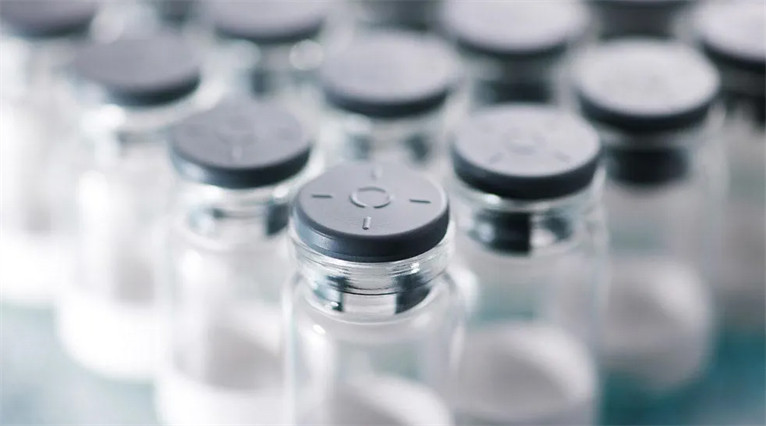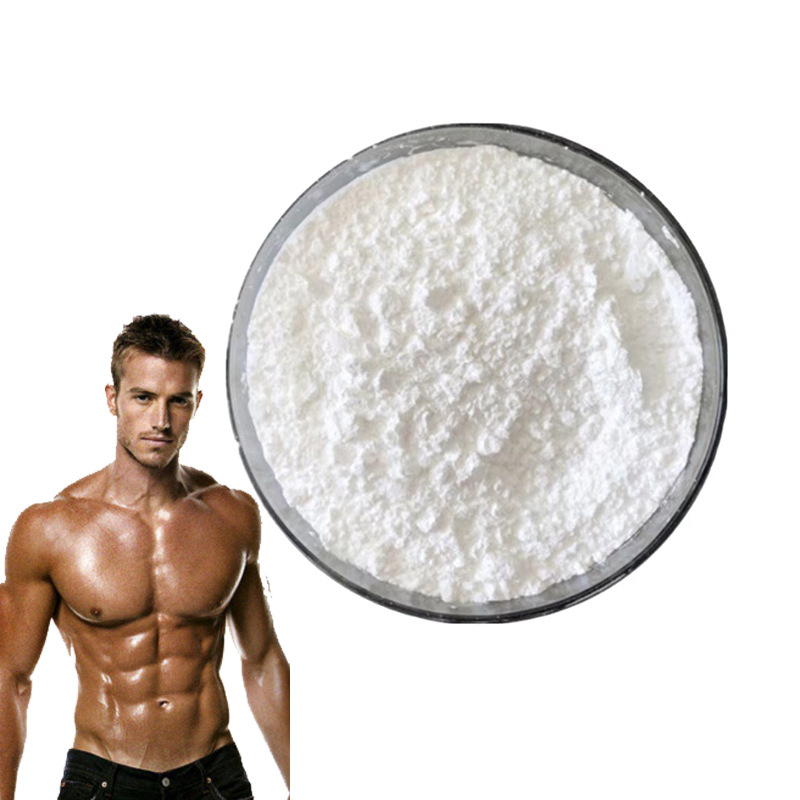Class of Compound
PeptideMechanism of Action
Melanotan I is an agonist of melanocortin receptors 1, 3, 4, and 5, binding primarily to melanocortin receptor 1 to trigger melanin production.Notable Studies
Increased eumelanin expression and tanning is induced by a superpotent melanotropin [Nle4-D-Phe7]-alpha-MSH in humansEffects of a superpotent melanotropic peptide in combination with solar UV radiation on tanning of the skin in human volunteers
A phase II, randomised, open label pilot study to evaluate the efficacy and safety of two dosage regimens of subcutaneous bioresorbable afamelanotide implants in patients with mild to moderate acne vulgaris
What is Melanotan I?
Melanotan is a synthetic analogue of alpha-melanocyte-stimulating hormone, or α-MSH for short. α-MSH is one of a number of melanocortin peptide hormones in the body. Melanotan is typically injected or administered as an implant and binds to melanocortin receptors 1, 3, 4, and 5.There are two types of melanotan molecules: melanotan I and melanotan II. They have both been linked to increased melanin production and increased tanning of the skin.
While there is strong research interest in both melanotan molecules, this review will focus on melanotan I.

Potential treatment for erythropoietic protoporphyria
A 2011 phase III study in Europe aimed to confirm the safety and efficacy of subcutaneous bioresorbable melanotan I implants in patients with Erythropoietic Protoporphyria (EPP). The study aimed to determine whether 16 mg melanotan I implants could improve the quality of life of EPP patients. Researchers found that test subjects in the melanotan I group experienced less pain and a higher quality of life compared with those in the placebo group.
Melanotan 1 is a highly potent melanotropin with extended biological activity and resistance to enzymatic degredation by serum enzymes.















